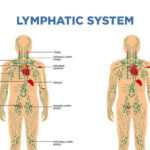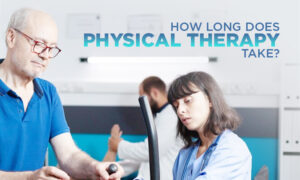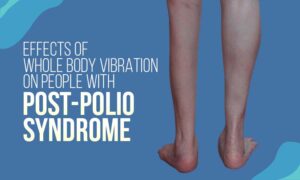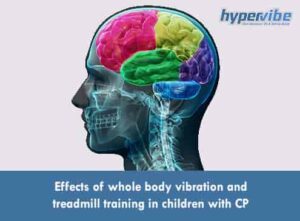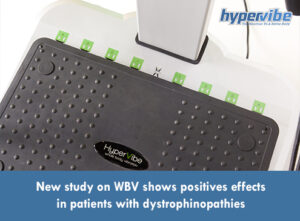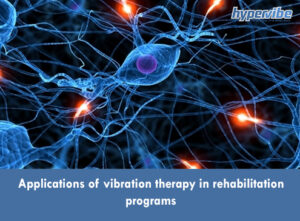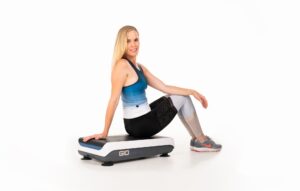WBV Plus Occupational Therapy Can Improve Muscle Tone Post Stroke
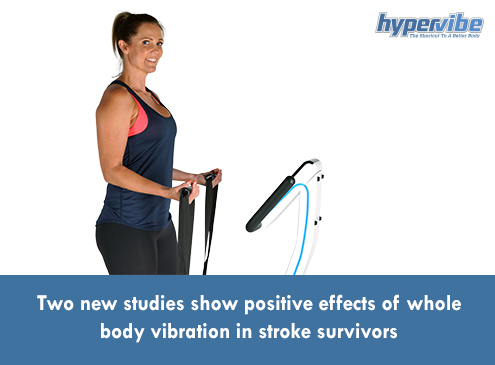
Stroke recovery may take several months or even years. A rehabilitation program aims to help the patient get back to normal life and live as independently as possible. Although stroke affects everybody differently, the patient needs to make changes in the physical and social aspects of life to prevent recurrent episodes and improve the quality of life.
Feeling anxious, depressed, worried, and tired after a stroke is normal, but to speed up the recovery, one needs to start as soon as possible and to get actively involved in their rehabilitation. Usually, the rehabilitation starts in the first 24-48 hours after the stroke. Still, depending on the severity, one’s doctor may recommend postponing the treatment until the medical condition of the survivor is stable, and the risk for complications is minimal.
The purpose of the rehabilitation program after a stroke is to help the patient regain independence. This means that the treatment can include physical activities such as mobile training, which may include learning to use a walking aid or wearing an orthosis to stabilize the body, or exercises meant to strengthen the muscles and improve motor skills and coordination.
Electrical stimulation for reeducating the weakened muscles, constraint-induced therapy for improving the function of the affected limbs, range-of-motion exercises meant to reduce muscle spasticity and improve the range of motion, as well as more advanced techniques like robotic technology, virtual reality or non-invasive brain stimulation, may be recommended.
Whole body vibration may also be used in the recovery and rehabilitation of stroke survivors, studies showing that this form of exercise and therapy can help in strengthening the muscles and improving posture and balance post-stroke.
A new study conducted by Korean researchers shows that vibration exercises can be incorporated in a rehabilitation program for stroke survivors, this form of therapy being useful in improving the muscle tone and function of the upper body muscles. This study involved 14 chronic stroke survivors who performed whole body vibration exercises in a sitting position before occupational therapy.
Each whole body vibration session consisted of 10 minutes of vibration exercises, patients performing 5 sessions per week for a total of 8 weeks. The function of the upper extremity and muscle tone were measured, results indicating the exercising on a vibration machine before therapy can improve muscle tone and function in stroke patients.
The vibration exercises were done at a frequency of 10-40 Hz, on an ancestral machine, in a sitting position. After the WBV session, the patients performed 20 minutes of occupational therapy. Scientists found that applying vibration therapy before the conventional rehabilitation program helped to improved trunk muscle stability and to decrease muscle stiffness.
This isn’t the first study that shows that vibration training is beneficial for stroke survivors. To learn more about this topic, check our previous articles:
- Vibration therapy improves muscle strength and flexibility in stroke patients
- WBV helps improve postural control and lower limb function post stroke
Have something to add to this article? Comment below or join our Facebook community and share your thoughts with us!





